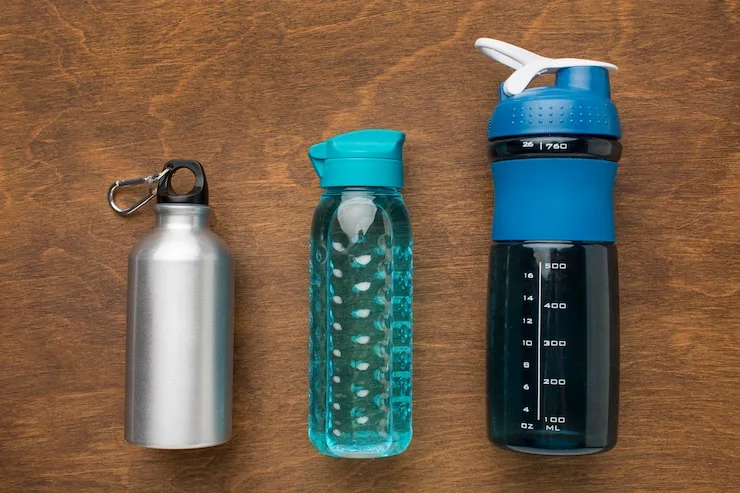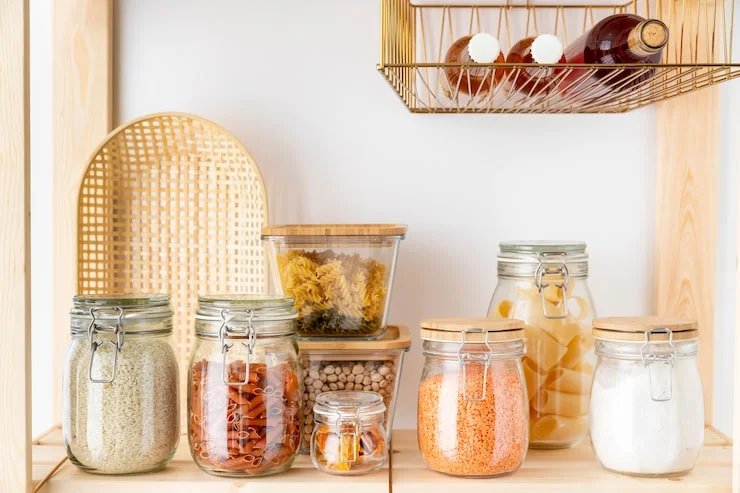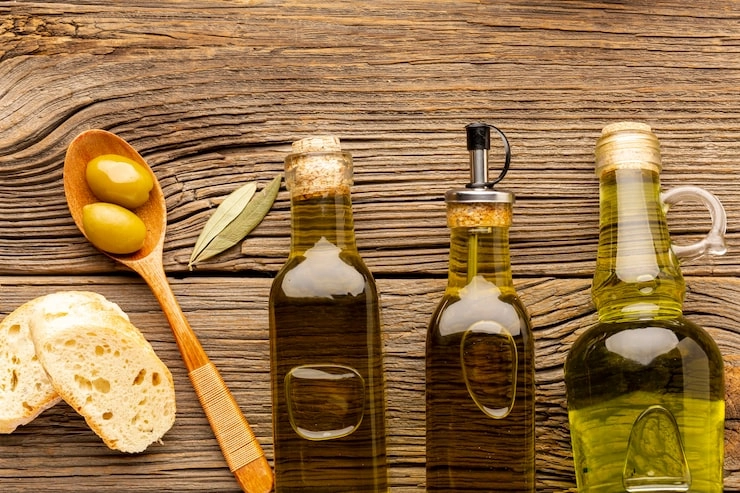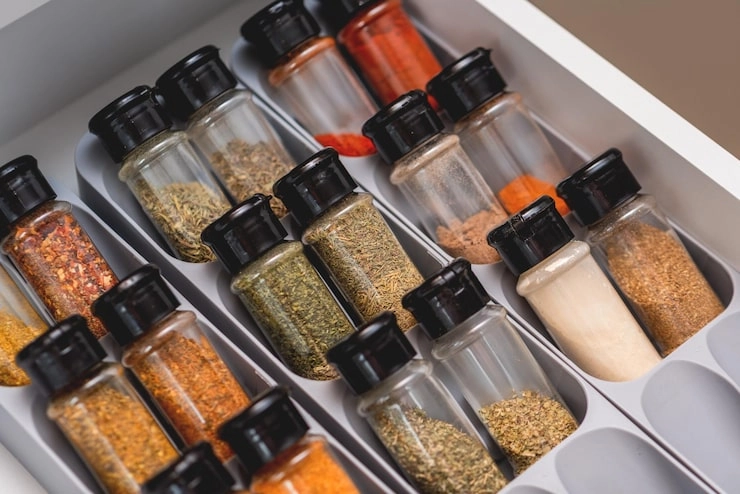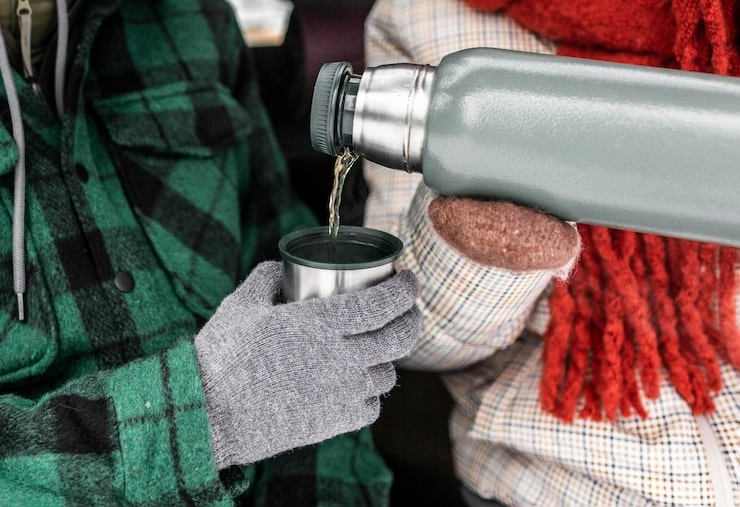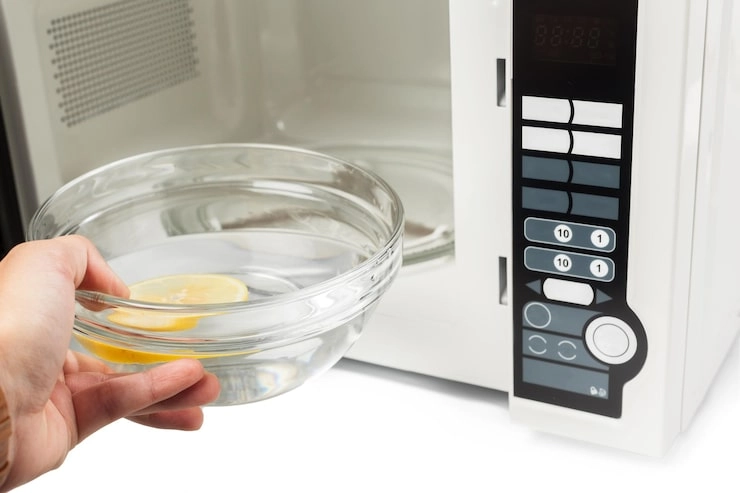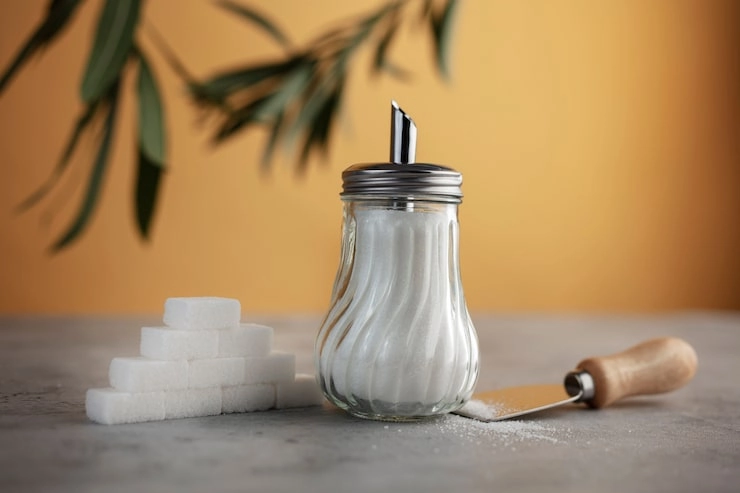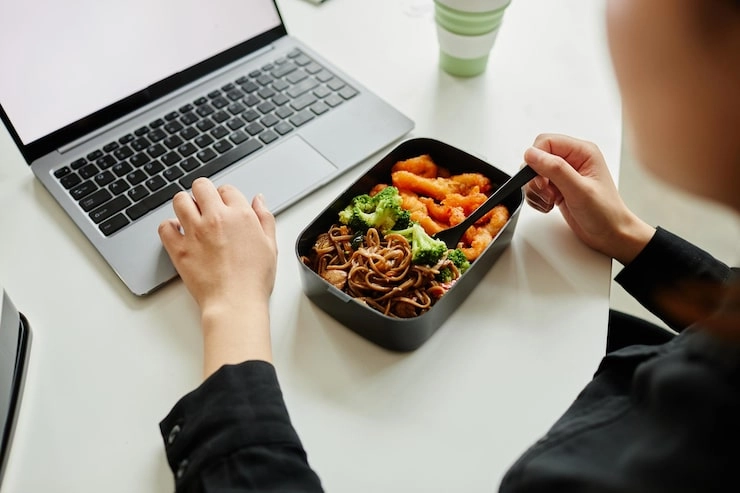As a top maker of high-quality glass bottles, we at SinoGlass grasp the tricky issues in getting perfect glazing on bottle bases. Glazing makes glass containers look nice and adds strength and branding. Yet, weak sticking of glaze on bottle bottoms is a frequent problem in the field. This blog explores deeply the causes of this issue, looking at technical aspects, material limits, and outside effects. It also shares practical fixes to boost sticking. Whether you’re a producer, designer, or someone curious about glass container creation, this guide offers useful insights.
Analysis of Factors Affecting Adhesion Stability
Getting steady sticking of glaze on glass bottle bases needs a careful mix of surface state, processing methods, and material fit. Below, we outline the main elements that affect sticking strength.
Surface Properties of Glass Bottles
The surface of a glass container greatly impacts how well glaze holds. Two key factors matter: smoothness and cleanliness.
Influence of Surface Smoothness on Adhesion
Glass bottle bases are often very sleek due to the shaping process. This smoothness lowers the surface area for glaze to grip. A sleeker surface gives fewer tiny spots for the glaze to cling to, causing weaker sticking. For instance, our large glass food storage jars go through strict surface checks to ensure the best texture for glazing.
Impact of Contaminants on Glass Surfaces
Dirt like dust, oils, or leftover shaping agents can block the glaze from bonding with the glass. Even tiny bits of grime can stop proper sticking. At SinoGlass, we use thorough cleaning steps to remove dirt, making sure our glass containers are ready for glazing.
Challenges in Low-Temperature Decal Processes
Many makers use cooler decal methods for glazing to save energy and cut costs. However, this way brings sticking issues.
Role of Temperature in Adhesive Bonding
Cool temperatures may not give enough energy to fully spark the glaze’s sticking power. This can lead to weak bonding. As a result, the glaze may peel or chip over time. At SinoGlass, our modern facilities use carefully managed heating to improve sticking.
Effects of Inconsistent Heat Distribution
Uneven heat during glazing can create spots where the glaze doesn’t stick well. This is especially true for bottle bases, which may have thicker or uneven glass. We solve this by using advanced kilns that spread heat evenly.
Material and Process Limitations
The choice of glazing substances and the application steps greatly affect sticking results. Knowing these limits is vital to getting better outcomes.
Properties of Glazing Materials
Not all glazing substances are the same. Their chemical and physical traits can make sticking succeed or fail.
Chemical Composition and Compatibility Issues
The glaze’s chemical makeup must match the glass base. If their heat expansion rates or chemical reactions don’t align, the bond weakens. At SinoGlass, we pick glazing substances that suit our glass containers, like those in our portable glass tea brewer.
Limitations in Adhesive Strength
Some glazing substances naturally have weaker sticking power, especially under physical stress or weather changes. We test our glazes carefully to ensure they meet high strength standards.
Process-Related Challenges
How glaze is applied and set can bring issues that affect sticking.
Application Techniques for Glazing
Hand-done or uneven application can cause patchy glaze thickness. This weakens sticking. Our automated systems ensure even coverage, reducing flaws.
Issues with Curing and Drying Processes
Wrong setting or rushed drying can trap water or solvents in the glaze. This harms the bond. We use controlled setting spaces to get the best results.
Environmental and External Influences
Outside factors during making, storing, or using can also cause poor sticking.
Impact of Humidity and Temperature Variations
High dampness or changing temperatures during glazing can mess up the drying process. This leads to sticking failures. Our climate-controlled spaces reduce these risks.
Influence of Handling and Storage Conditions
Careless handling or storing of glass containers before or after glazing can add dirt or cause damage. We follow strict rules to protect our products throughout the supply chain.
Solutions to Improve Adhesion on Glass Bottle Bottoms
Fixing poor sticking needs a broad approach. Here are tested ways to improve glazing success.
Enhancing Surface Preparation Techniques
| Method | Advantage |
| Abrasive Blasting | Boosts surface roughness for stronger glaze hold. |
| Chemical Etching | Makes tiny textures to improve sticking without harming looks. |
| Plasma Cleaning | Clears organic dirt for a spotless surface. |
We use a mix of these methods to prepare our glass containers for glazing.
Optimizing Glazing Materials for Better Bonding
Choosing glazes with matching chemical traits and stronger sticking power is key. We also try hybrid glazes that blend organic and inorganic parts for better results.
Advanced Application Methods for Consistent Results
Using automated spraying or dipping systems ensures even glaze spread. We also use real-time checks to spot and fix issues during production.
SinoGlass: A Trusted Supplier of High-Quality Glass Bottles
At SinoGlass, we take pride in skill in crafting top-notch glass containers, including our well-loved glass and silicone coffee mug. Based in Qingdao, China, we run cutting-edge production spaces with a focus on smart manufacturing and strict quality checks. Our drive for new ideas pushes us to tackle issues like glaze sticking, ensuring our products meet top standards for strength and style.
Commitment to Quality and Innovation in Glass Products
With over 400 talented workers and 45 research engineers, we keep innovating to deliver green, high-quality glassware. Our brands, like Elemental Kitchen and HY3, show our focus on blending function with beauty. For questions about our products or custom options, contact us today.
Conclusion: Addressing the Root Causes of Poor Adhesion
Weak sticking of glaze on glass bottle bases comes from surface traits, material limits, process issues, and outside factors. By improving surface prep, choosing matching glaze substances, and sharpening application methods, makers can greatly boost sticking success. At SinoGlass, we’re dedicated to solving these issues to deliver glass containers that shine in both form and function.
Frequently Asked Questions (FAQs)
Why does temperature affect glazing adhesion?
Temperature impacts the energy needed for sticking. Cool temperatures may stop the glaze from fully bonding with the glass. Uneven heat can also create weak spots. At SinoGlass, we use steady, even heating to ensure strong sticking.
How can surface preparation improve adhesion?
Good surface prep, like abrasive blasting or chemical etching, makes the surface rougher and cleaner. This gives more spots for the glaze to hold onto. It strengthens the bond between glaze and glass.
Are there specific materials that enhance glazing adhesion?
Yes, glazes with matching heat expansion rates and stronger sticking power work better. Hybrid glazes with organic and inorganic parts can also boost bonding. They offer better strength and flexibility.




